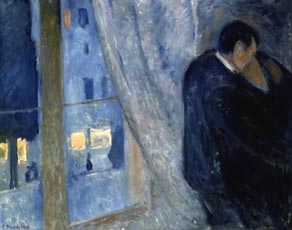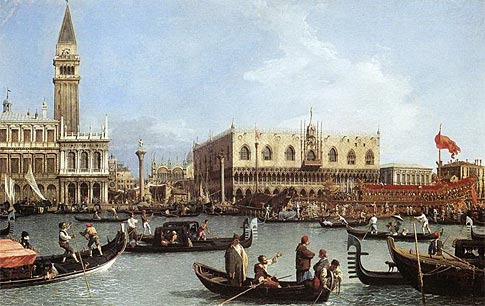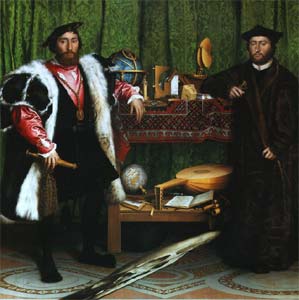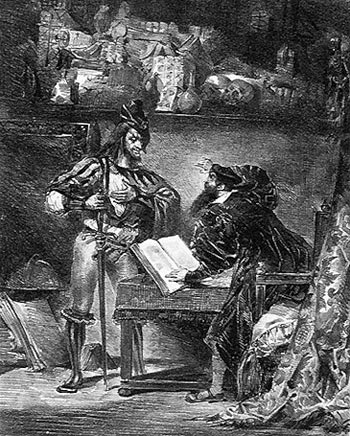influence of Venice
Gustave Courbet – “son of revolution”
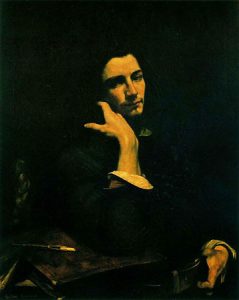 The name Courbet means for the art of the XIX century no less than Rembrandt and Velázquez for the XVII century. After all, he openly proclaimed realism as his creative method, he was a member of the Paris Commune. The artist was always in the center of class battles, beginning with the revolution of 1848. Could he be out of it? Courbet did not lead the uprisings, but his works are inspired by those who participated in them – the people of labor. Continue reading
The name Courbet means for the art of the XIX century no less than Rembrandt and Velázquez for the XVII century. After all, he openly proclaimed realism as his creative method, he was a member of the Paris Commune. The artist was always in the center of class battles, beginning with the revolution of 1848. Could he be out of it? Courbet did not lead the uprisings, but his works are inspired by those who participated in them – the people of labor. Continue reading
Chinese classical painting
 Painting of China, flourishing in the era of the Middle Ages – IV – XIX centuries of our era, it was not by chance that it occupied an honorable place in the world history of art. In this area of artistic culture, Chinese masters managed to leave a particularly bright mark. With extraordinary conviction, they embodied the beauty of nature, the idea of harmony and grandeur of the universe. Continue reading
Painting of China, flourishing in the era of the Middle Ages – IV – XIX centuries of our era, it was not by chance that it occupied an honorable place in the world history of art. In this area of artistic culture, Chinese masters managed to leave a particularly bright mark. With extraordinary conviction, they embodied the beauty of nature, the idea of harmony and grandeur of the universe. Continue reading
Egyptian ostracon drawings
 In the art of ancient Egypt, there are monuments that make up a special group. These are works of graphics – drawings on boards. The Greek word “ostracon” literally means a shard, a fragment of ceramics. However, in relation to the art of ancient Egypt, it has a more capacious meaning. This word is commonly understood as drawings made not only on fragments of ceramics, but mostly on chipped stone (usually limestone), less often wood, that is, on material that was always at hand with masters engaged in decorating the tombs of the Theban necropolis — painting walls , manufacturing of statues and items of funeral inventory. Continue reading
In the art of ancient Egypt, there are monuments that make up a special group. These are works of graphics – drawings on boards. The Greek word “ostracon” literally means a shard, a fragment of ceramics. However, in relation to the art of ancient Egypt, it has a more capacious meaning. This word is commonly understood as drawings made not only on fragments of ceramics, but mostly on chipped stone (usually limestone), less often wood, that is, on material that was always at hand with masters engaged in decorating the tombs of the Theban necropolis — painting walls , manufacturing of statues and items of funeral inventory. Continue reading
